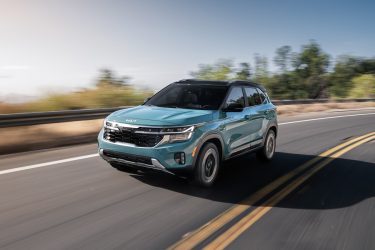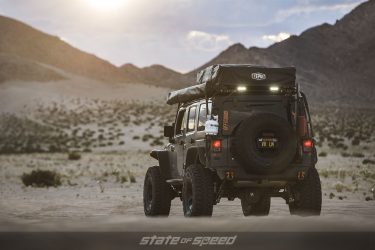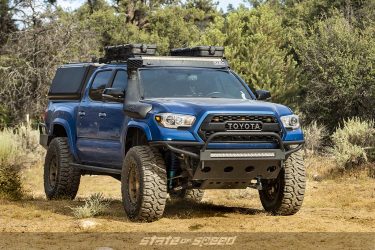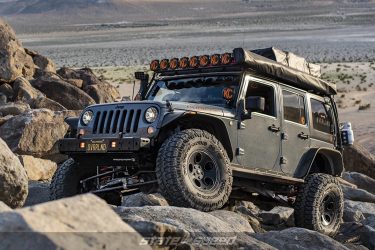Top 5 Overlanding Necessities
1. Water
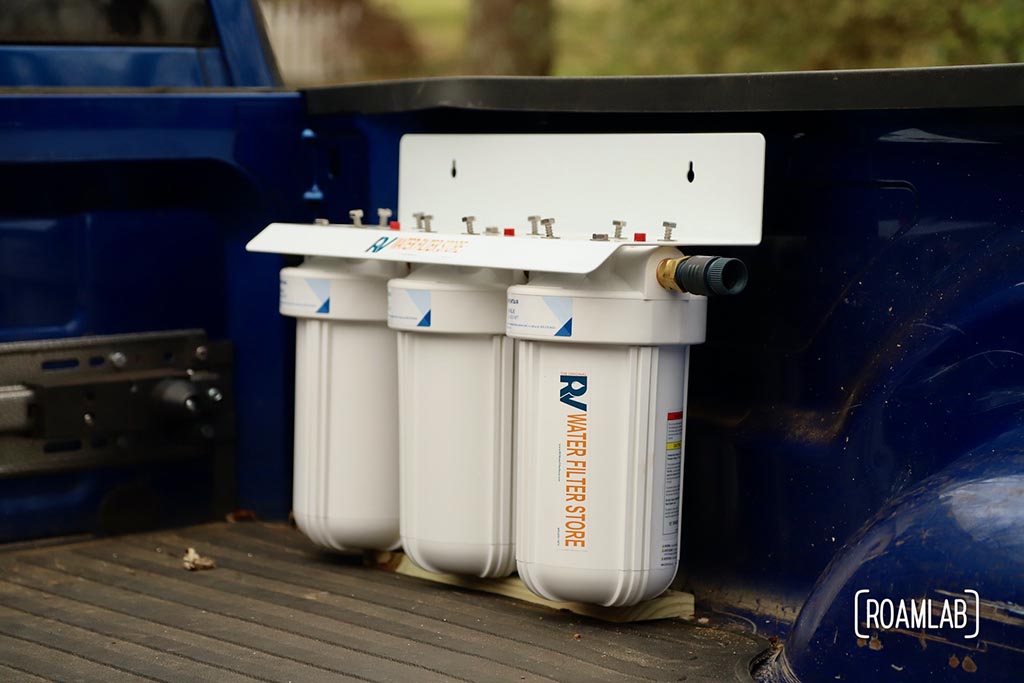
Photo Credit: Roam Lab
Water is a no-brainer because you cannot live without it. It is the most basic necessity regardless of where you are. It is used for drinking, washing, cooling your engine, and preparing food. Early transportation routes were laid out according to where clean water could be found. They were routed from one watering hole to the next. Those who like to go overlanding where water is abundant still need a way to filter it before drinking. There are all types of filtering devices from hand held straws, to elaborate reverse osmosis, or ultraviolet light emitting systems that can be mounted to your vehicle. Boiling the water is also an option, but that requires time, and fuel. If you are harvesting water along the way, you will need containers to capture, and store it. You don’t want to put filtered water back into a container that had untreated water in it, so you need more than one.
Those who are in dry locations will have to haul their water in. Any long term trips off the grid will be limited by the amount of water you use, or don’t use. There are many tricks to conserving water. One is to scrub pots and pans with sand or dirt instead of water. Just be sure to get it all off before your next meal. A gallon of water weighs 8.34 pounds. Gasoline only weighs 6.1 pounds per gallon. Think of how sturdy gas tanks are built. Your water tanks need to be just as robust, and be mounted low on the vehicle, like fuel tanks, in order to keep your vehicle stable. If you are going to be overlanding, you need a reliable system in place.
2. Tires
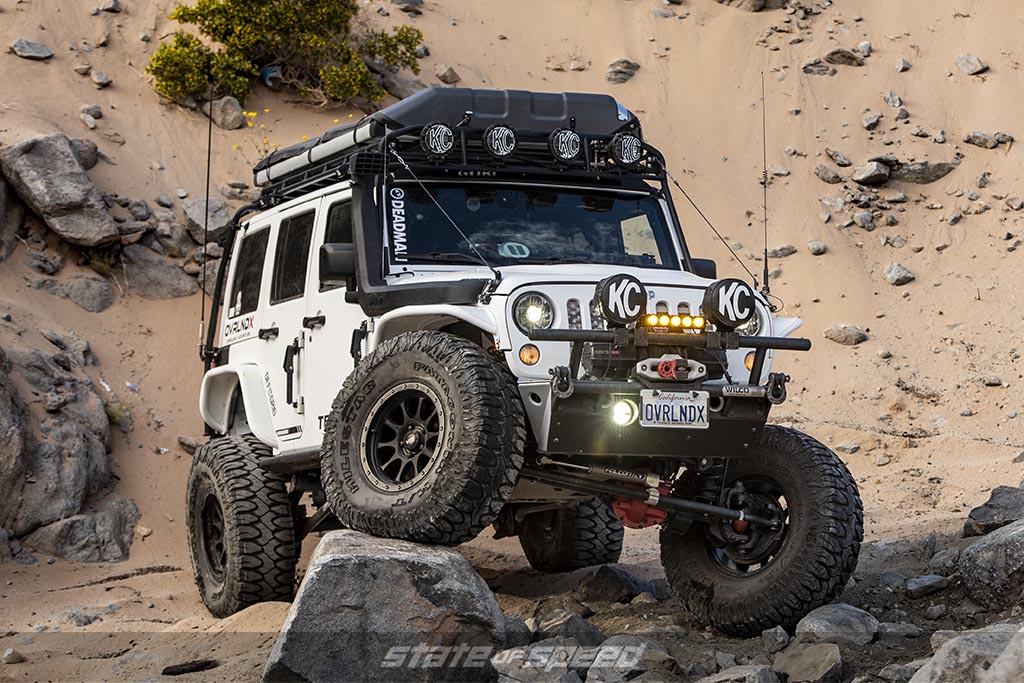
Tires: Milestar Patagonia MT – 38×13.50R17LT
You need good tires when you head off road. They are the only thing between you, and the ground. Not only do your tires need to provide traction for forward progress, but they also give you control when stopping, and steering. In many types of terrain, you won’t get 5 feet without off-road tires. Street tires will get packed with mud or just spin in the sand without getting traction. Tires also need to be durable enough to resist getting punctures, or having the tread sliced to bits on the rocks. No matter how good your tires are, eventually you may still get a flat so make sure you have a good spare, and repair tools for fixing punctures. Getting double flats is not uncommon as you can hit the same impediment with more than one tire. Having a single spare tire won’t always solve your problem. There is a good reason why off road tires are almost always the first modification done. Good tires will make a huge difference in your ability to have fun in the dirt.
In many types of terrain, you wont get 5 feet without off-road tires…
3. First Aid Kit
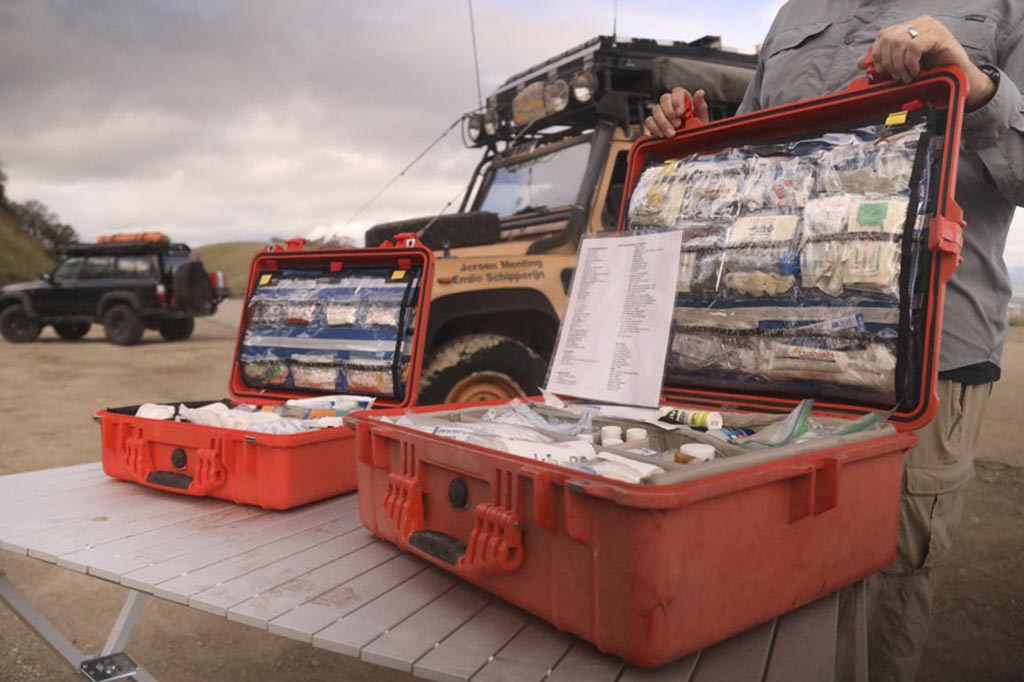
Photo Credit: Overland Bound
When you think of first aid, many think bandages, and tape, but you also need to consider your vehicle’s requirements. You should have spare parts on board to fix common issues that regularly arise. Typical parts to carry are belts, hoses, fluids, fuses, and the tools needed to make repairs. Do some research on your vehicle to find out what fails over time, and what the repair job requires. I had a custom suspension on my prerunner that took some special bolts. I put together my own kit that had a new replacement bolt for every one used on my suspension. Over time your kit will grow to include all types of spares as you learn from experience.
Once your vehicle has everything it needs to stay healthy, you can focus on passengers. There is a big difference between a simple first aid kit, and one that is capable of handling severe trauma. If a medical emergency takes place, chances are everyone will be stressed. Having a serious medical kit will not only be a huge benefit in treating the patient, but it will also give you solutions that will keep everyone calm. Number one is having enough materials to stop bleeding as it is an immediate problem. You will also need pain medications like aspirin or ibuprofen. Some antihistamine is crucial for swelling or bug bites, and disinfectant or antibacterial ointment is always good to have. If you are on medication, make sure you have more than what you need for your trip in case you get delayed. A good thing to do is consult your doctor. They will know what types of medications, and implements are best to have on hand.
4. Navigation
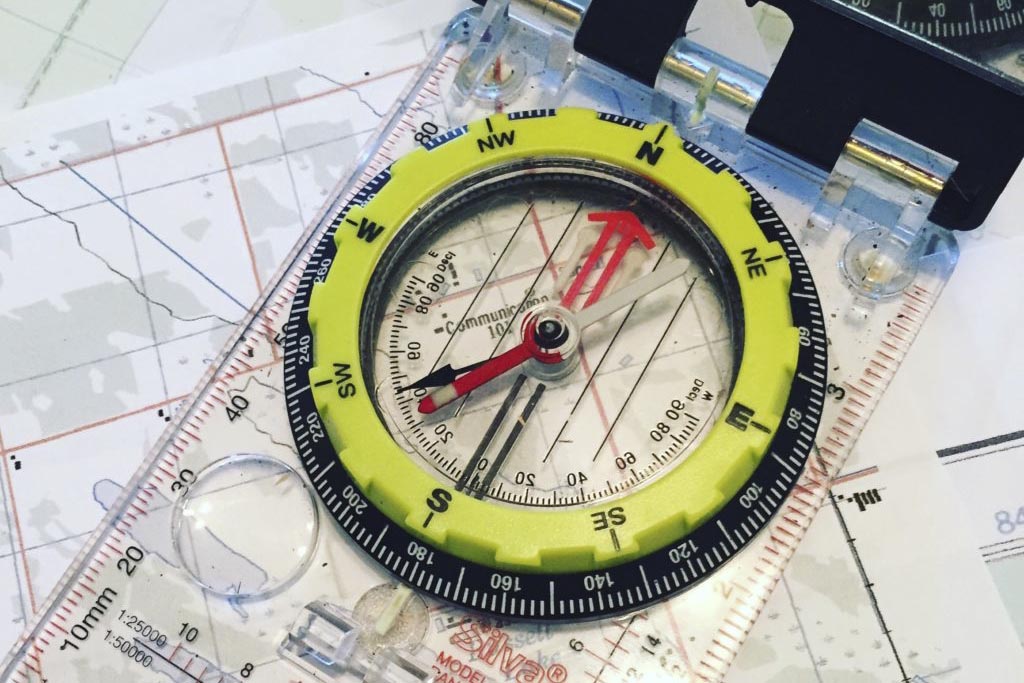
Photo Credit: International Canadian School of Survival
We all go overlanding in the first place to get away from everything, but it’s also important to get back again; you need to learn how to navigate. Too many people simply rely on electronic devices for navigation. They are nice, and give us tons of useful tools when they work. When they don’t, you can get in a lot of trouble. It’s so easy to throw a map in your truck of the places you’re going to visit. That way if your electronic device fails for any reason, you will be able to figure out where to go. One of the handiest maps to bring is a topographic, or topo map as many call it. The topo map shows the contour of the terrain. It has lines that are based on elevation. Lines close together mean the terrain is steep. Open areas with few lines are mostly flat. The topo map is also great for locating landmarks. If you see a high elevation, or big depression, you will be able to verify your position according to what you see. It’s also good to know what direction you are heading. This can be easy in wide open spaces by watching the sun. In dense forests or canyons it can be nearly impossible. Don’t trust the old saying that moss only gathers on north facing surfaces; nature is not absolute. Most people just use a compass. Get one, and learn how to use it.
5. Recovery Gear
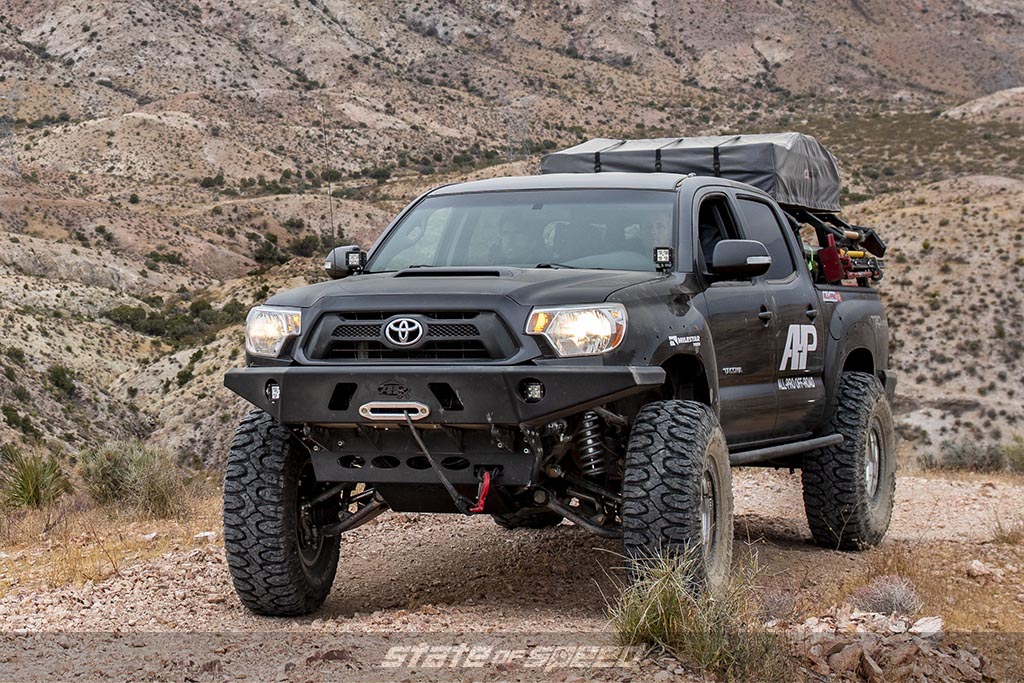
Tires: Milestar Patagonia M/T
Certain things are a given when going off road; like getting stuck. You should always have a few items needed to get un-stuck. First is a shovel. I once slide into a snowbank and had to dig myself out with my license plate. Now I always have a shovel. You will also need a good tow strap, and strong recovery points on your vehicle. With today’s plastic clad vehicles, it can be a challenge to find someplace to attach a rope. Make sure you have something on the front, and rear. If you travel alone, you probably need a winch, and all the paraphernalia that goes along with one. The traction boards that are everywhere are also very handy for self-extraction. High lift jacks are very popular, but I wonder if they ever get used on some rigs because you need strong lifting points with plenty of clearance. If you don’t have beefy bumpers or sliders, they are almost useless.
Certain things are a given when going off road; like getting stuck…
This list just covers the basics, and admittedly many may have different needs, and desires. The bottom line is to be able to get where you’re going, and back, while keeping everyone healthy, and happy along the way.


